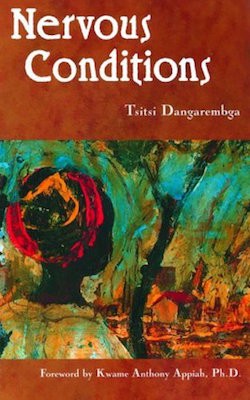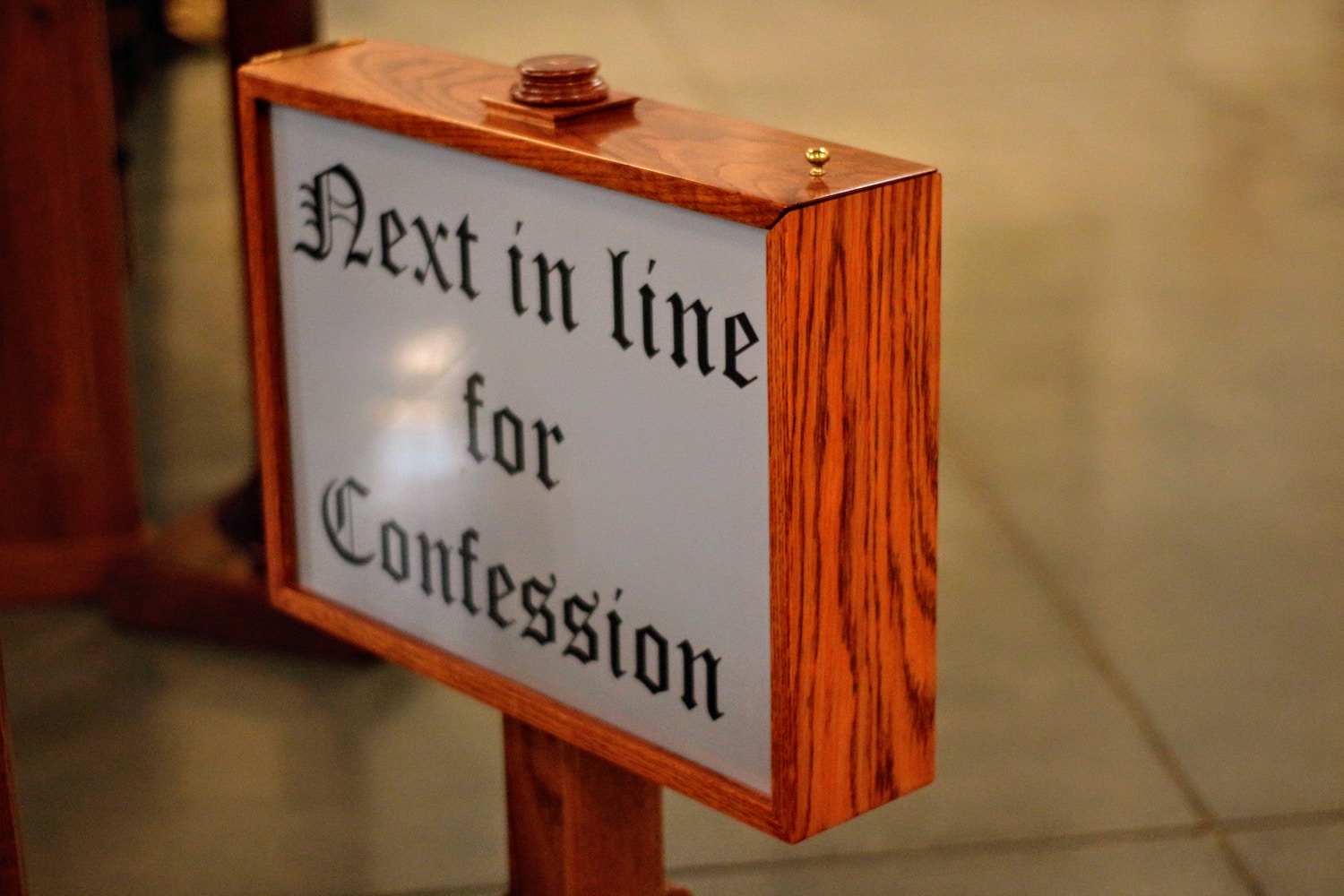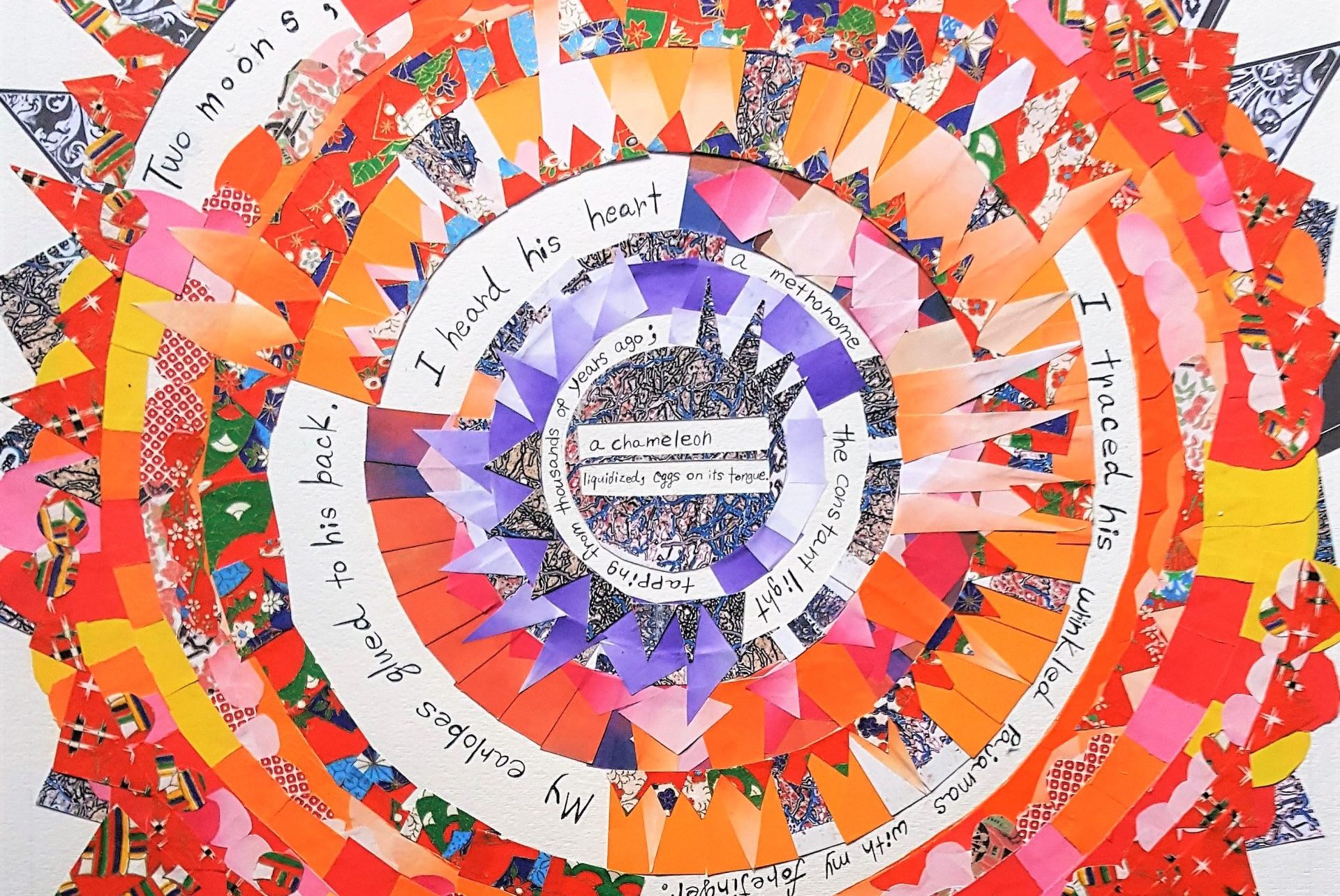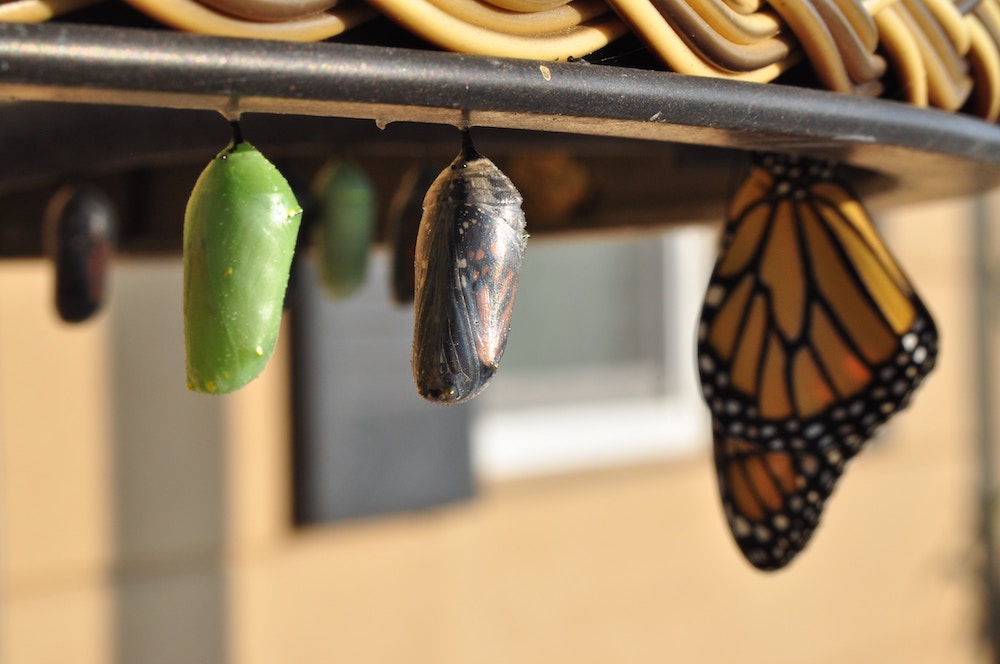Books & Culture
Watching Dolores O’Riordan Dance on Yeats’ Grave
The Cranberries singer showed me how women poets can talk back to the men who came before them
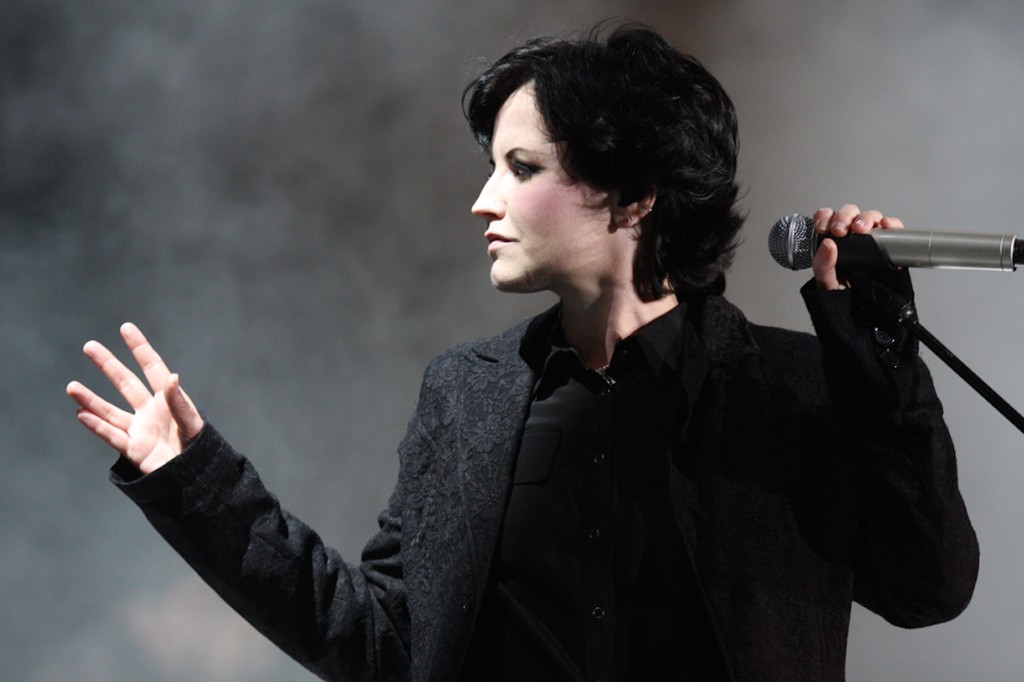
My first encounter with the poetry of William Butler Yeats came not in high school or college, or even in my endless days spent in my town’s public library. It came from the Cranberries.
It was 1994 and I, like everyone else I knew, walked around with their song “Zombie” in my head pretty much every day, crushing out on Dolores O’Riordan’s mysterious ability to growl and lilt at the same time, wishing I had the nerve to chop off all my hair and dye it platinum to copy her pixie cut. I didn’t know it at the time, but when I finally bought the album No Need to Argue (on cassette!), I was about to get a crash course in what would become one of my literary obsessions: how women haunt (and are haunted by) the male poets that came before them.
Most of the laments and tributes published since Dolores O’Riordan’s sudden death focus on her voice, not her lyrics. This is understandable: without that iconic vocal sound (New York Times: “plaintive” but “flinty;” Vulture: “cracking” and “yawping”), there would be no such thing as the Cranberries. But what mattered most to me about the Cranberries wasn’t their sound: it was the moldering body of William Butler Yeats, and the way Dolores O’Riordan seemed to be dancing on it.
It wasn’t a hit or even a single, but the song that obsessed me most from those early Cranberries albums was “Yeats’ Grave,” from No Need to Argue. (Later, I’d encounter W.H. Auden’s version of Yeats’ corpse — “The words of a dead man / Are modified in the guts of the living.” Is this a poetic rite of passage, this Yeatsian grave-watching?) What I loved about “Yeats’ Grave” as a teenage girl just starting to write her own poetry was the drama of it — the swooping, rather taunting tone of it, the suggestion of romance and humanness behind the legendary writer’s name. The song was about Yeats but also not about him: it seemed to be about O’Riordan, too, and maybe about any young woman who is reckoning with the Dead White Men in all the bookshelves.
Now, I can see more clearly the structure behind that drama I sensed; after all, I’ve spent my adult life learning how lyric poetry works. So here’s a bit of analysis, my adult self explaining to teenage me why the song matters.
The song’s speaker identifies with Yeats, both in his life (imagining sitting with him at the Lake Isle of Innisfree) and in death (speaking “here / in the grave” with him). To complicate matters further, O’Riordan then quotes Yeats in the song, speaking lines from “No Second Troy.”
Why should I blame her that she filled my days
With misery, or that she would of late
Have taught to ignorant men most violent ways,
Or hurled the little streets upon the great,
Had they but courage equal to desire?
This poem, about Maud Gonne, the Irish feminist and revolutionary with whom Yeats was deeply obsessed, compares Gonne to a new Helen but with no “Troy for her to burn.”
It’s unsettling, hearing O’Riordan recite the lines above; it makes Yeats seem both romantic and a bit ridiculous, especially since the song goes on to tell us that Gonne had someone else. (“Sad that Maud Gonne couldn’t stay,” O’Riordan sings, “but she had MacBride anyway.” That’s John MacBride, whom she married.) Here’s Yeats, imagining his sexual interests as being of world-historical importance, and here’s this young woman, stealing his words for her own purpose.
The song was about Yeats but also not about him: it seemed to be about any young woman who is reckoning with the Dead White Men in all the bookshelves.
It’s almost like Maud Gonne herself is speaking back to Yeats, confronting him with his own inability to have “courage equal to desire.” Ghosts talking back to ghosts! I didn’t know you were allowed to do that in poetry — but, it turned out, that is often what it means to be a woman poet.
I’ve found this kind of grave-digging in many of the women poets who have influenced me as a writer. As the Irish feminist poet Eavan Boland writes in her essay “The Rooms of Other Women Poets,” “All women poets have one thing in common. They are all daughters of fathers. Not simply daughters of a natural father, but also daughters within — and therefore sometimes entrapped by — the literature they seek to add to.” Muriel Rukeyser rewrote the myths of ancient Greece to bring women from the margins to the center. Sylvia Plath dug up her father and drove a stake through his heart. Adrienne Rich went excavating in her bookshelves and found women buried inside. Boland traced the maps of Ireland to find the famine roads.
This is not the only way to be a woman writer — but it is important work, this reckoning with the dead. As the poet Marilyn Hacker said in an interview: “Traditional narrative and lyric forms have been used by women for centuries-even if our professors of Western literature never mentioned Marie de France or Christine de Pisan. The language that we use was as much created and invented by women as by men. But generation after generation, women’s contributions get edged out, written out.”
After listening to the Cranberries, I started reading some Yeats — and I loved his work, but I also felt like I had something of an edge on him. I know about you, old man. I was ready to look not just at the lines of his poetry but at the white spaces between them, at who was being written out, or rewritten to his liking. And in fact, in one of his final poems, Yeats brutally accuses himself of cherishing his mythologies more than real people: “Players and painted stage took all my love / And not those things that they were emblems of.” “Sad that Maud Gonne couldn’t stay,” indeed.
I didn’t know any of this literary history back in 1994, when I was yowling “WHAT’S IN YOUR HEEEEEEEE-EAD” along to my dual-cassette player. I just knew that I had never heard a woman sing like Dolores O’Riordan sang, and I had never heard a woman claim her space alongside the greats like that. I suspect that Yeats would be disappointed in me as a scholar for discussing his poetry in conversation with pop music — but the difference between what counts as Very Serious Poetry and what counts as frivolous song has always been political, and it has often been gendered. It is, in fact, part of how “women’s contributions get edged out” of poetic history.
The difference between what counts as Very Serious Poetry and what counts as frivolous song has always been political, and it has often been gendered.
There are worse ways to be introduced to canonical literature than by a hot, stompy-booted Irish woman from MTV; in fact, I’d say most ways are worse. So let this be another tribute to Dolores O’Riordan, for giving me the grandeur of Yeats’s words, spoken in a woman’s voice.




